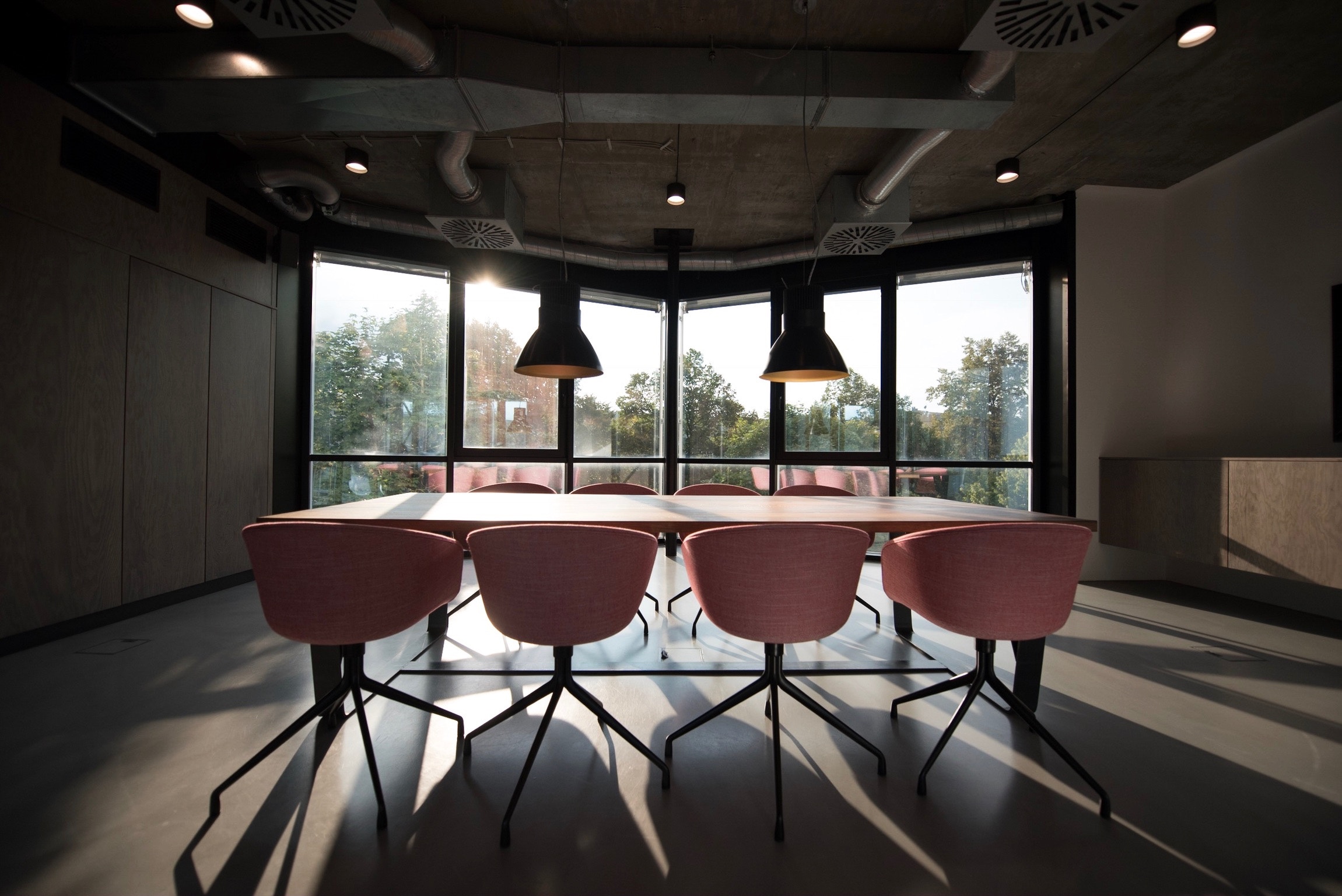In this guest post, Ubiq’s David Humphreys provides some valuable insights on conference room design. He notes that relying on wires can drastically inhibit the design of these important spaces and makes some interesting comparisons to literature:
“If youth, throughout all history, had had a champion to stand up for it; to show a doubting world that a child can think; and, possibly, do it practically; you wouldn’t constantly run across folks today who claim that ‘a child don’t know anything.’”
That’s the opening sentence of Ernest Vincent Wright’s fourth novel Gadsby, first published in 1939. Notice anything unusual about it? The letter e—the most common letter in the English language—is nowhere to be found.
Wright’s novel continues on like that for another 50,000 words. Apart from the three e’s in the author’s name and a few in the introduction, the book is 100% e-less.
Take a minute to consider how insane that is. Without the letter e, the words “the,” “be”, “he”, “she”, and “there” are all off-limits. Yet these are the most basic building blocks of the English language.
Could the same process that produced that incredibly awkward paragraph also be at work in your conference room?
If you rely on wires, then the answer is most certainly yes.
Writing without the letter “e” is the same as designing a space without wireless technolgoy.
Now that it’s commonplace for end users to bring their own laptops to work, conference room screen sharing presents something of a conundrum. Since there’s no way to predict what video outputs end users will have (HDMI, VGA, mini DisplayPort, etc), IT departments tend to have every possible cable on hand just to be safe.
From a design perspective, this means that a conference room table that has at least one connectivity box on top of it and a hidden compartment beneath it will be required. So straight from the outset, your design options are limited. Elegant, minimalistic tables are verboten. Large clunky tables that look like they would make sturdy rafts in the event of a flood are your only option.
Limiting Factors
And that’s only the first limitation you’ll face. Next you’ll have to run the wires from the table to the TV screen. To do this, you’ll have to hide them under the carpet, beneath the baseboards, and possibly through the wall. You may require a crowbar, floor cord protector, staple gun, hammer, and screwdriver.
This is a major endeavour, and it should not be undertaken lightly. Before you get your toolbox out, you’ll want to be absolutely confident about your conference room layout. As soon as the cables are installed, there’s no going back. If you suddenly decide that the table would look better in the middle of the room or that the TV needs to be a bit further away from the window in order to reduce glare, too bad. You’re stuck with what you have.
And at the end of the day, what you have is going to look something like this:

Luckily, there are other ways to connect a laptop to a TV. A wireless presentation solution, for instance, allows end users to connect in 1 second using an app or a web browser extension. Since the hardware is the size of an iPhone and plugs directly into the TV or projector, you don’t have to base every design decision around the idea of keeping it out of sight. You can just hide it behind the TV. This means that you’re free to buy any table you want and place it anywhere you want. And if you’re not satisfied with where you’ve placed it, you can easily move it somewhere else. No need to rip out and re-install wires.
As soon as you make the decision to go wireless, you’ve regained the proverbial e on your keyboard, and a simple, elegant conference room like the one below becomes feasible.

David Humphreys is a content creator for GoUbiq.com.



